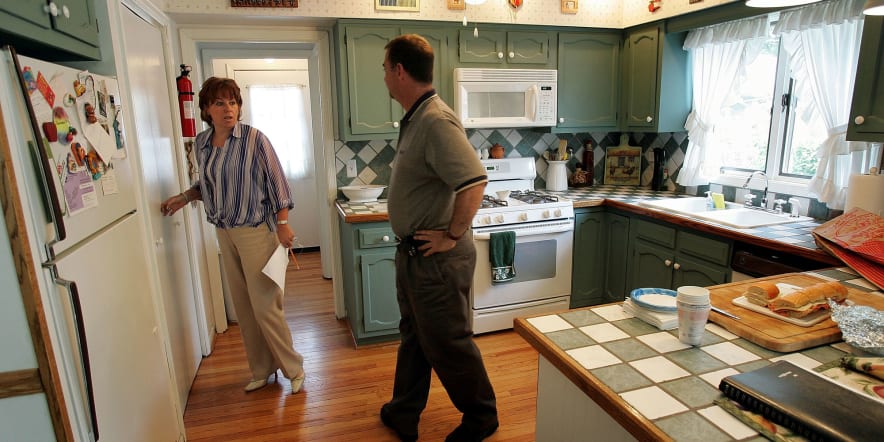KEY POINTS
- Strong demand and a limited supply of homes have caused home price gains to accelerate dramatically.
- The 10-City Composite posted a 4.7% gain in August, up from 3.5% in the previous month. The 20-City Composite rose 5.2% year over year, up from 4.1% in July.
- All 19 cities for which data was reported rose monthly and annually, with all 19 seeing larger annual gains than in July.
Strong demand and a limited supply of homes have caused home price gains to accelerate dramatically.
Prices beat expectations, rising 5.7% annually in August, up from 4.8% in July, according to the S&P CoreLogic Case-Shiller National Home Price Index.
The 10-City Composite posted a 4.7% gain, up from 3.5% in the previous month. The 20-City Composite rose 5.2% year-over-year, up from 4.1% in July. Detroit was not included in the findings, due to insufficient data reporting. All 19 cities for which data was reported rose monthly and annually, with all 19 seeing larger annual gains than in July.
“A trend of accelerating increases in the National Composite Index began in August 2019 but was interrupted in May and June, as Covid-related restrictions produced modestly decelerating price gains,” said Craig Lazzara, managing director and global head of Index Investment Strategy at S&P Dow Jones Indices.
“The last time that the National Composite matched August’s 5.7% growth rate was 25 months ago, in July 2018. If future reports continue in this vein, we may soon be able to conclude that the Covid-related deceleration is behind us. ”
Phoenix, Seattle and San Diego reported the highest annual gains among the 19 cities in August. Phoenix led the way with a 9.9% price increase, followed by Seattle with an 8.5% increase and San Diego with a 7.6% increase.
Chicago, New York City and San Francisco saw the smallest annual home price gains in August.
S&P Case-Shiller is a repeat sales index, running on a three-month average, measuring the sale prices of similar homes over time. Other home price indexes, like the measure from the National Association of Realtors, show much higher price gains because they calculate the median price of all homes sold during the month.
Since there is currently much more sales activity on the higher end of the market, where there is more supply available, that is skewing the median price much higher. The National Association of Realtors reported a 15% annual price gain for September.
Prices are being fueled not just by strong demand but by record low mortgage rates. Rates set several new records over the summer and continued to do so in September. Low mortgage rates give buyers more purchasing power, allowing sellers to raise prices.
“Weekly home price data shows that sellers continue to be in the driver’s seat as asking prices maintain records. This has kept the median home price stuck near summer’s peak even as snow begins to fall in some markets,” said Danielle Hale, chief economist for realtor.com. “Looking forward, we expect continued price growth in the months ahead as demand holds steady with mortgage rates below 3%.”
The median sale price for newly built homes rose 3.5% in September annually, according to the U.S. Census. Builders are struggling with higher prices for land, labor and materials and are therefore unable to build as many entry-level homes as they might like. Buyer demand is strongest at the low end of the market, but supply is leanest.




























